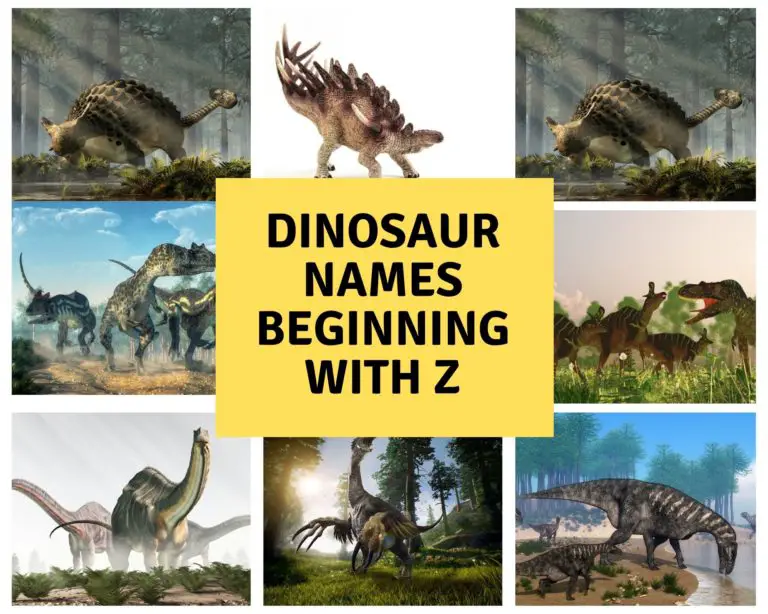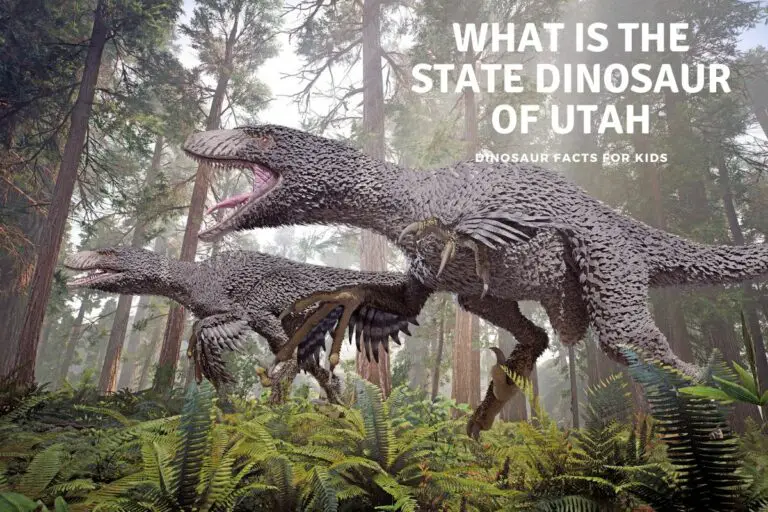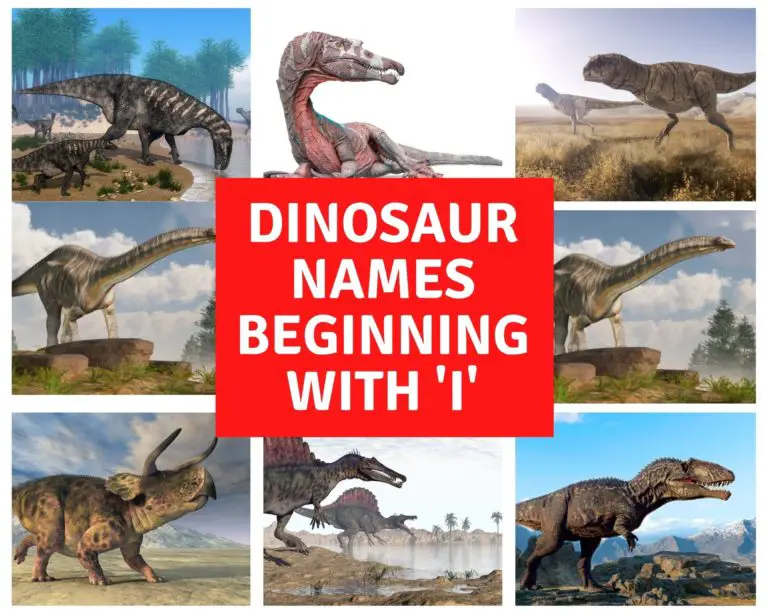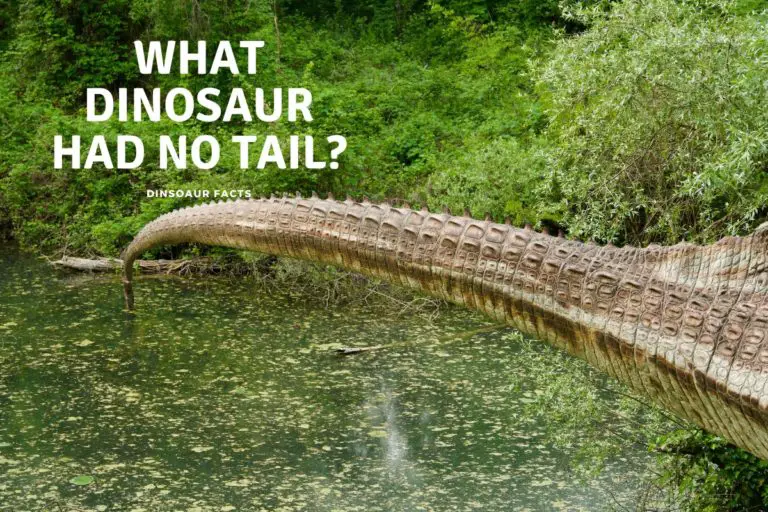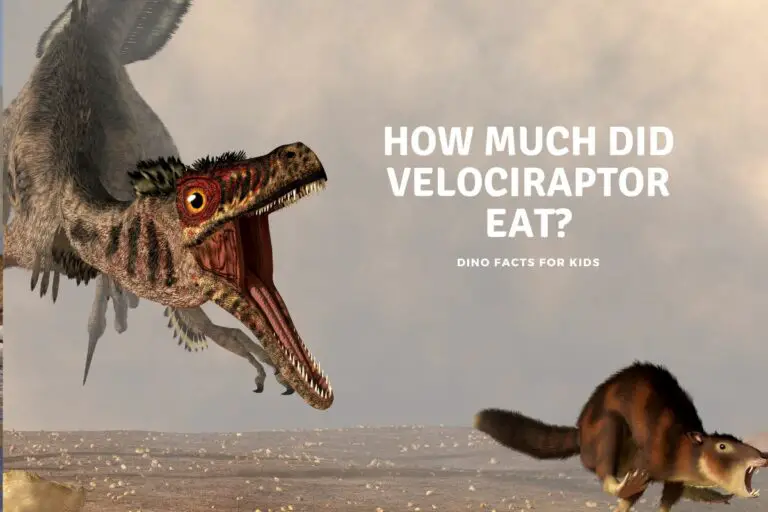Did Velociraptors Hunt In Packs?
Any diehard dinosaur fan will tell you that the Velociraptors in the famous Jurassic Park movie series were, in fact, Deinonychus, a distant relative of Velociraptors. Velociraptors were also feathered and about the size of turkeys. So, if Jurassic Park got that wrong, what else did they get wrong? Did Velociraptors really hunt in packs?
Paleontologists now believe that Velociraptors may have hunted alone, rather than in packs, as previously suggested, much like their modern relatives, like Komodo dragons and crocodiles. However, as behavior is not fossilized, all conclusions about hunting are based on limited evidence and phylogenetic bracketing.
For many years, paleontologists believed that Velociraptors hunted in packs. However, as technology advanced, so too has our methods of conducting research. Paleontologists from the University of Wisconsin Oshkosh published a study in 2020 that may change the way the world views Velociraptors.
Did Velociraptors Hunt In Packs?
While there have been many advances in paleontology, it is important to keep in mind that most organic materials do not fossilize well, if at all. Bones and teeth are often left by predators and take longer to decompose, making them more likely to fossilize.
Therefore, when analyzing a prehistoric creature, paleontologists use two methods:
- evidence that can be found in the bones and teeth through carbon isotope analysis
- a process of inference called phylogenetic bracketing
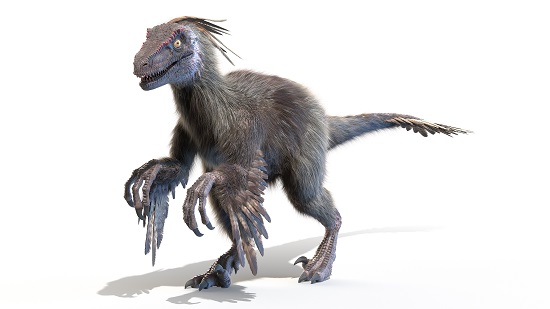
What Is Carbon Isotope Analysis?
In short, the nutrients and minerals in the food that we consume are used to fuel and build our bodies. Traces of these minerals can be found in our bones, teeth, and flesh. By analyzing the carbon isotopes of fossils, paleontologists can determine what type of food a particular creature ate.
While they can’t tell which food they ate precisely, they can determine whether it was plant or animal matter. More importantly, comparing the isotopes of different fossils of the same specie provide valuable insight into their diets.
What Is Phylogenetic Bracketing?
Phylogenetic bracketing is the process of comparing animals within the same phylogenetic tree. Animals from the same branch of the evolutionary tree tend to share similar traits. If relatives on either side of the phylogenetic branch share the same trait, it is safe to infer that the animal in question shares these traits too.
The recent study, led by paleontologist Joseph Frederickson, looked at the teeth of Velociraptor fossils and compared the carbon isotopes of young Velociraptors to those of adults.
Modern pack animals such as wolves and lions hunt and feed together. The diet of the young is therefore very similar to that of adults. When examining the chemical composition of the teeth of both young and adult wolves, the results are also very similar.
If Velociraptors were indeed pack-hunting animals, you would expect the chemical composition of the teeth to be somewhat similar, regardless of age.
In contrast, they found that the carbon isotopes differed, indicating that the young did not eat the same foods as the adults. Such a difference in diet indicates that the parents did not feed their young, and they had to fend for themselves, much like modern asocial animals.
The team then used phylogenetic bracketing to confirm their findings. They looked to the modern relatives of Velociraptors, namely birds and reptiles. In particular, the Komodo dragon.
Komodo dragons are fierce predators and are known to eat their young. While they are solitary hunters, they often share a kill, resulting in a feeding frenzy and the occasional cannibalism of their young. The young Komodo dragons hide in trees until they are bigger to avoid becoming prey.
What results is a difference in diets between baby and adult Komodo dragons and, as expected, a difference in their carbon isotopes. In addition, neither crocodiles nor birds are known as pack hunters. While the Harris hawk has been known to hunt in groups, this is unusual behavior for modern-day birds of prey.
Another study has also indicated that they more likely used their sickle-like claw to stab and puncture their prey instead of slashing them, as previously speculated.
All these findings provide a strong argument that it is very probable that Velociraptors likely hunted solo. However, it is important to remember that behavior does not fossilize and as these animals are extinct, our knowledge will remain speculation.
Why Did Scientists Believe Velociraptors Hunted In Packs?
The idea that Velociraptors hunted in packs was made famous by Jurassic Park, but, believe it or not, the raptors were not based on fiction. The writer, Michael Crichton, consulted with the world-renowned paleontologist, the late John Ostrom.
John Ostrom was part of the team that discovered Deinonychus, the dinosaur on which the movie was based. In 1964, John and his team uncovered the remains of a group of smaller dinosaurs near a Tenontosaurus at a dig site near Montana.
This discovery led Dr. Ostrom to believe that Deinonychus must have hunted in packs and hypothesized his theory in a paper he published in 1969. Furthermore, several Deinonychus tracks were discovered in China a few years later, suggesting that the animals moved in groups and thus likely hunted in packs.
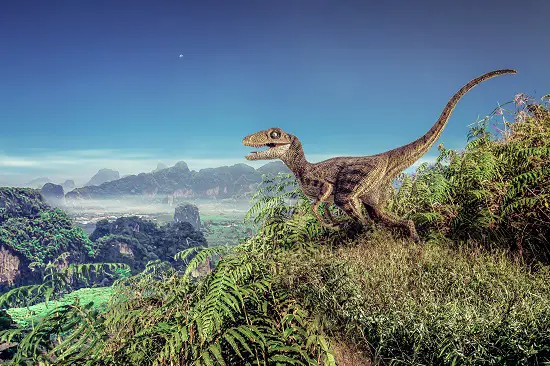
Did Velociraptors Live In Packs?
While recent evidence suggests that Velociraptors likely didn’t hunt in packs, it is unclear whether or not they lived in packs.
There have been several dig sites that uncovered groups of Velociraptors and Deinonychus, often near other dinosaurs. The uncovered track marks in China would also suggest that they moved together.
However, much like crocodiles and Komodo dragons, they likely joined in on the action when another raptor killed a prey or scavenged a recently dead prey. When looking at modern relatives again, both crocodiles and komodo dragons live close to each other, although “pack” might be a strong word to describe them.
Did Any Dinosaur Hunt In Packs?
More dinosaurs have been uncovered and discovered in recent decades than ever before! There is evidence to suggest that there may have been pack-hunting dinosaurs after all, and the species comes as a surprise!
In 2014 paleontologists uncovered a group of about twenty Tyrannosaurs in southern Utah. The group included juveniles and adults of varying ages. Isotope analysis determined that a flood in the area was the cause of death, which means all these dinosaurs died together. Large groups that include babies led paleontologists to believe they may be pack animals like modern-day wolves.
Another group of Tyrannosaurs has also been uncovered in Canada, supporting the theory of pack-hunting T-rexes. However, other evidence remains rare.
Conclusion
While the current consensus shows that Velociraptors likely hunted in packs, there is very little evidence to say with absolute certainty how Velociraptors or any prehistoric dinosaur hunted.
One thing is certain; it is exciting to see how our understanding of the prehistoric world is forever changing as our modern technological world advances. Who knows what we may uncover in the coming decades.
References
- https://sitn.hms.harvard.edu/flash/2020/jurassic-park-was-wrong-study-suggests-raptors-didnt-hunt-in-packs/
- https://www.nationalgeographic.com/science/article/velociraptor
- https://www.zmescience.com/science/raptors-hunting-behaviors-individual-23523414/
- https://www.sciencefocus.com/nature/the-scary-truth-about-Velociraptors/
- https://news.yale.edu/2019/06/03/yale-scientists-research-changed-our-understanding-dinosaurs
Hi, I am Roy Ford a General Studies and English Teacher who has taught all over the world. What started as a fossil collection became a great way to teach, motivate and inspire students of all ages and all over the world about dinosaurs and from that and children’s love of dinosaurs came the site dinosaur facts for kids, a resource for all ages.




